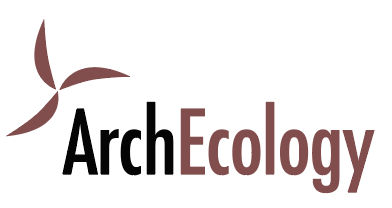You Can’t Silo LEED
After 17 years as a LEED consultant and more than 100 successful certifications, I can honestly say that the projects which are most challenging to certify are the ones in which the architect feels obliged to be the go-between in all communications with other project team members.
The architect, as the leader of the design team, has a big job coordinating a group of individual professionals with scopes of work that he or she must rely on them to be experts in. The “silo” approach, as it is sometimes called, is a traditional way that an architect acts as the clearinghouse for the information that comes in from the individual consultant and goes out to the rest of the team. Each consultant is in their own silo with the architect acting like the hub of a wheel, maintaining the separate lines of communication and then coordinating their combination into a coherent whole of plan documentation and design direction.
Though this approach may be effective for mechanical, landscape, civil, and other professionals responsible for a deliverable focused on one area or discipline of the project, it presents a challenge for LEED and other sustainable pursuits. LEED, with its diverse sustainable strategies, touches on all of the areas and disciplines.
Integration is critical to the successful and cost-effective implementation of sustainable strategies. True integration does not mean just having one initial meeting in which everyone sits together to contribute their thoughts and get on the same page. It also means the ongoing process of that team working together to address the issues that come up in each of their areas of concern and how those issues impact others on the team.
Sustainable strategies frequently involve trade-offs between different disciplines, and it’s always important to understand what those compromises entail and the relative benefits of each choice. There are often questions, misinterpretations and misunderstandings about what is needed for LEED compliance and why.
“Integration is critical to the successful and cost-effective implementation of sustainable strategies.”
When the architect undertakes the communication of these questions and answers directly to team members without including the LEED consultant in the conversation, it can delay the process at best and sow dissension at worst, when team members do not understand what is being asked of them and why.
If coordination of LEED strategies fails in the early phases of design, plans are issued that do not incorporate all the necessary measures which can lead to re-issuances, inaccurate bids and frustration on the part of team members who can become adversarial to the overall LEED process.
Many of these potential pitfalls and additional costs can be effectively addressed with an approach that allows the LEED consultant and the discipline professional to talk directly and compare notes over hows and whys, with the architect copied or present to oversee the conversation and its implications.
After all, a LEED consultant does not hand over a plaque at the end of the project as a deliverable, rather they coach the team to develop their own deliverables, which can then be used to document what is needed for the owner to receive a certification for their building.

